Tokyo restaurant with neighborhood grannies in the kitchen serves family recipes to one and all
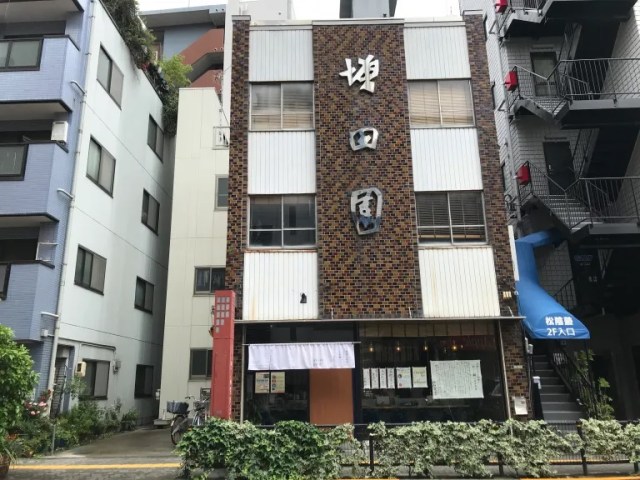
If you’ve always wanted to taste Japanese food just like grandma used to make, but don’t actually have a Japanese grandma, here’s your chance.
Japan has a lot of great restaurants, but many people will still tell you that their favorite version of a particular dish is a family recipe that their grandma makes. There’s just something special about that rustic, homemade flavor that satisfies both the taste buds and the heart.
Of course, this presents a problem if you don’t have a Japanese grandma of your own…unless, that is, you head to this special restaurant in Tokyo.
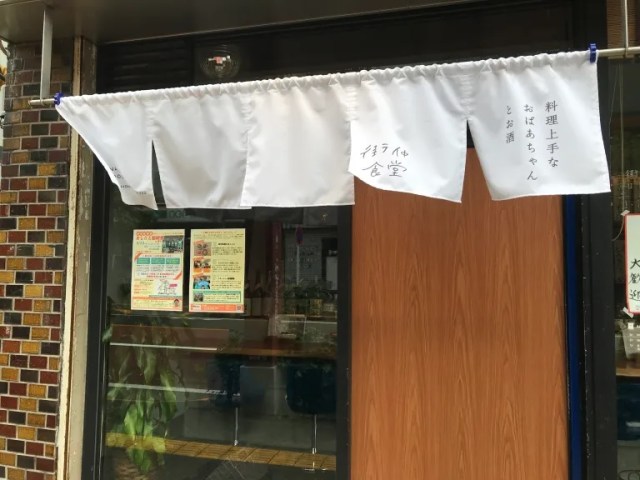
Located in the Nishi Ogu neighborhood of Tokyo’s Arakawa Ward, the restaurant is called Machinaka Shokudo, which loosely translates to “Neighborhood Cafeteria.” If that sounds like a pretty generic name, that’s kind of the point, as the aim is to provide the nourishing nostalgia of good old-fashioned home-cooked meals to customers, and the way Machinaka Shokudo does that is on display in their help-wanted sign, which specifically says they’re looking for part-time cooks “over the age of 60” (60歳以上 in the Japanese text).
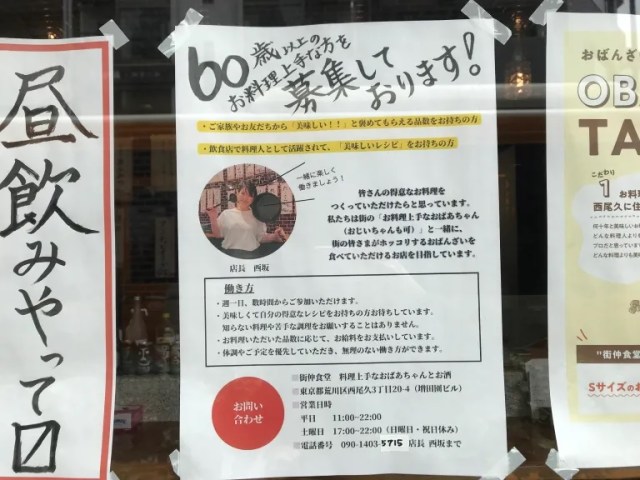
The restaurant is an accommodating employer. Grannie cooks can work as little as one day a week, and are allowed to take even that day off if they’re not feeling well or simply have other plans. They’re not asked to cook anything they’re not confident making, and in fact Machinaka Shokudo is happiest when the grannies use their own recipes, developed over years of cooking for family and friends.
As a result, Machinaka Shokudo’s menu is going to be slightly different depending who’s in the kitchen, and so the day’s offerings are displayed on hand-written strips of paper posted on the walls, many of which mention, by name, who’s cooking them.
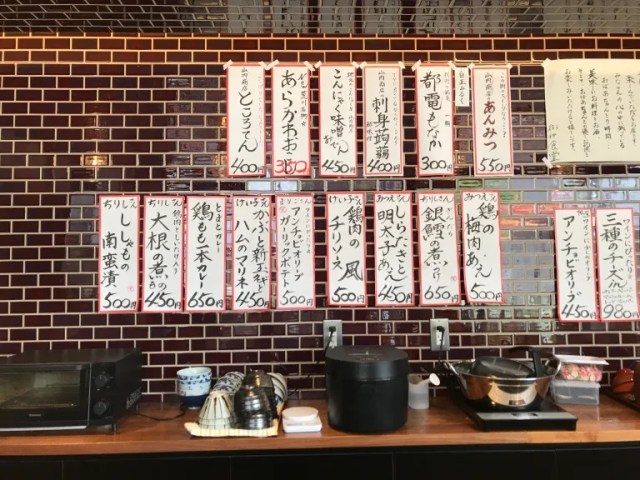
On the day of our visit, a la carte options included:
● Grannie Keiko’s Chicken with Chili Sauce and Radish, Onion, and Marinated Ham Salad
● Grannie Mariko’s Anchovies Olive Garlic Potatoes
● Grannie Mitsue’s Chicken with Ume (Japanese Plum) Sauce and Konjac Noodles with Spicy Cod Roe
● Grannie Chirishi’s Simmered Sablefish
Since we’d arrived at lunchtime on a weekday, though, there were also set meals to choose from, which give you your choice of one of six main dishes, accompanied by two side dishes, miso soup, pickles, and rice, for 1,000 yen (US$6.50).
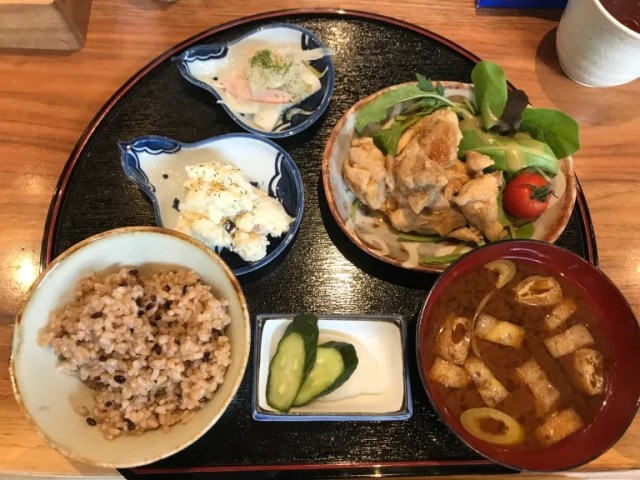
We were tempted by the grilled mackerel and chicken leg curry, but in the end settled on the Chicken with Ume Sauce, which, as we mentioned above, is made by Grannie Mitsue.
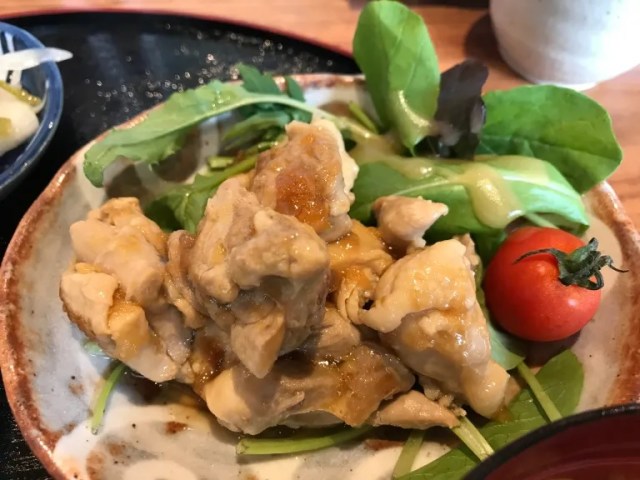
With the weather starting to get hot and humid in Tokyo, this turned out to be the perfect pick. The chicken was nice and tender, and the sweet and sour notes of the Japanese plum sauce was equal parts refreshing and invigorating. Knowing that this was a dish you’d ordinarily have to be one of Grannie Mitsue’s personal acquaintances to taste made the whole thing feel extra-special, and extra-delicious.
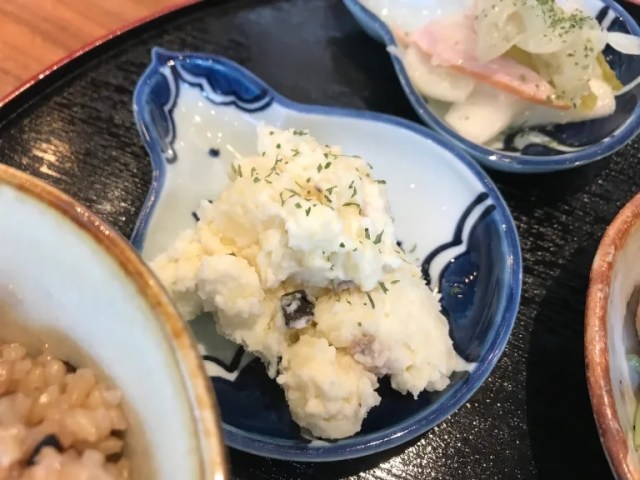
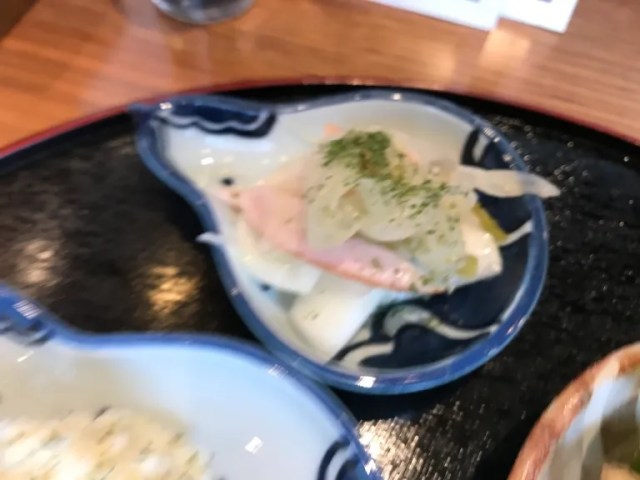
The sides were no slouches either, with both Grannie Mariko’s Anchovies Olive Garlic Potatoes and Grannie Keiko’s Radish, Onion, and Marinated Ham Salad working great as accompaniments to a lunch set, and having us think they’d work great as snacks to pair with a beer or glass of sake at the end of the day, since Machinaka Shokudo is open until 10 at night.
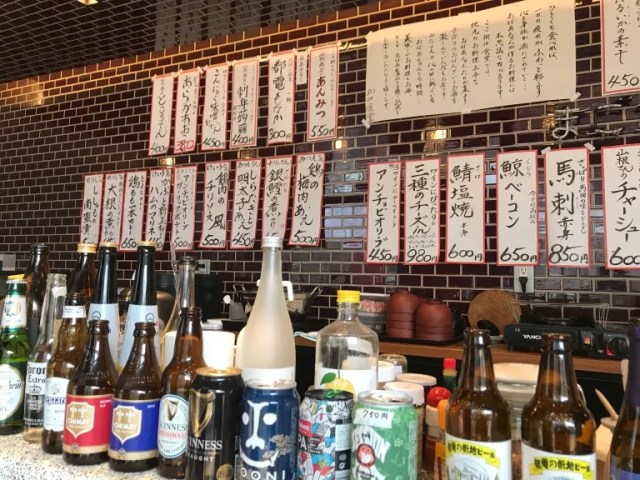
Machinaka Shokudo is just a bit outside the Tokyo city center, but it’ s less than a minute walk from the Odai stop on the Toden Arakawa Line/Tokyo Sakura Tram streetcar line and its beautiful roses, which are in bloom right now. We think we’ll be going back for another meal there the next time we’re in the neighborhood, and we’ll be keeping an eye out for Grannies Mitsue’s, Mariko’s, and Keiko’s names on the day’s offerings, now that we know what great cooks they all are.
Restaurant information
Machinaka Shokudo / 街仲食堂
Address: Tokyo-to, Arakawa-ku, Nishi Ogu 3-20-4
Open 11 a.m.-10 p.m. (weekdays), 5 p.m.-10 p.m. (Saturday)
Closed Sundays and holidays
Photos ©SoraNews24
● Want to hear about SoraNews24’s latest articles as soon as they’re published? Follow us on Facebook and Twitter!
Credit:




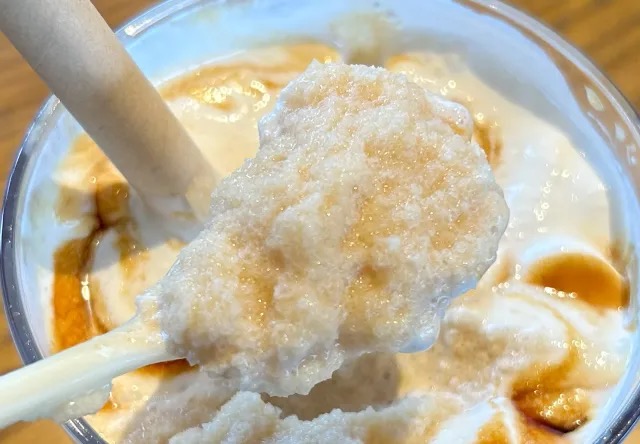
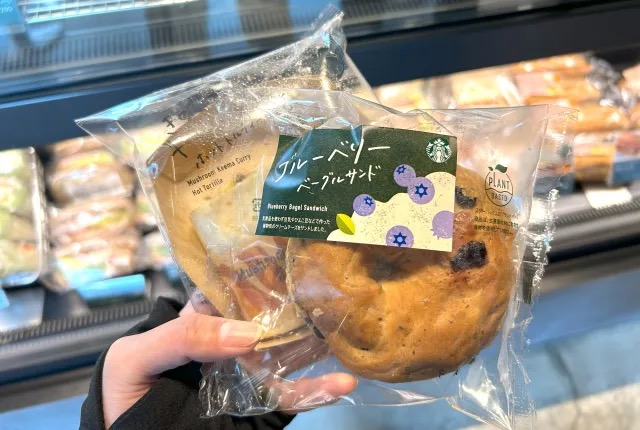
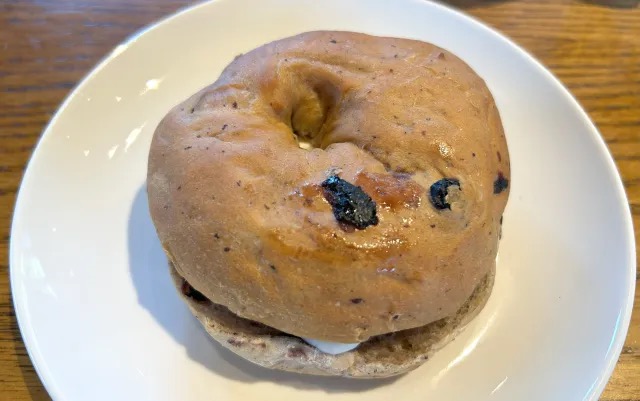
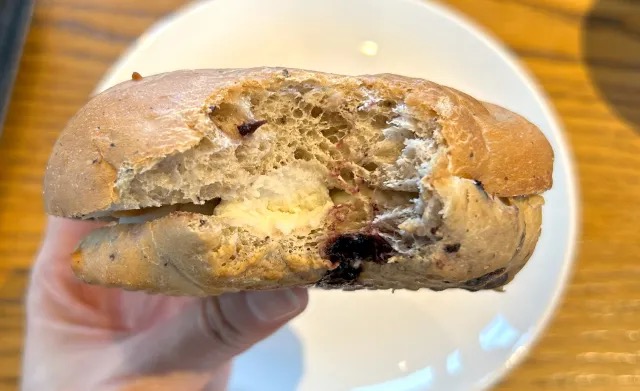
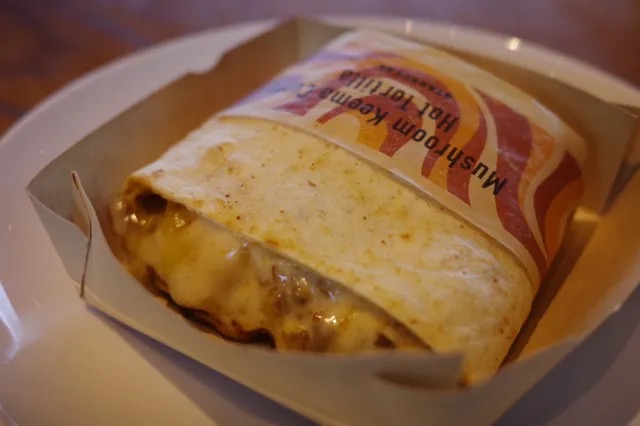
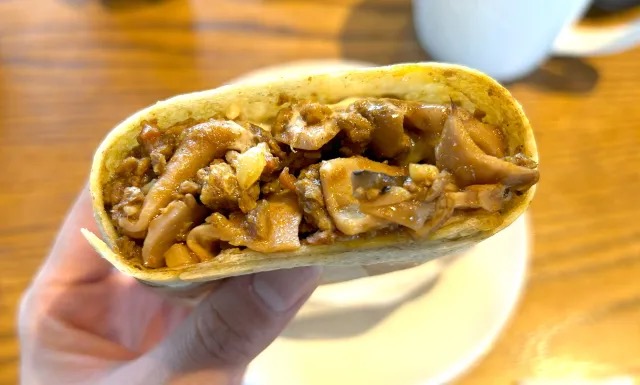

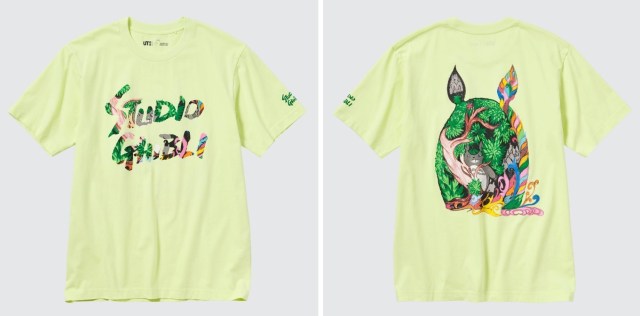
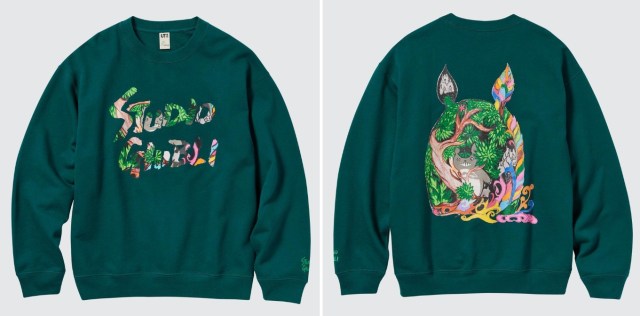
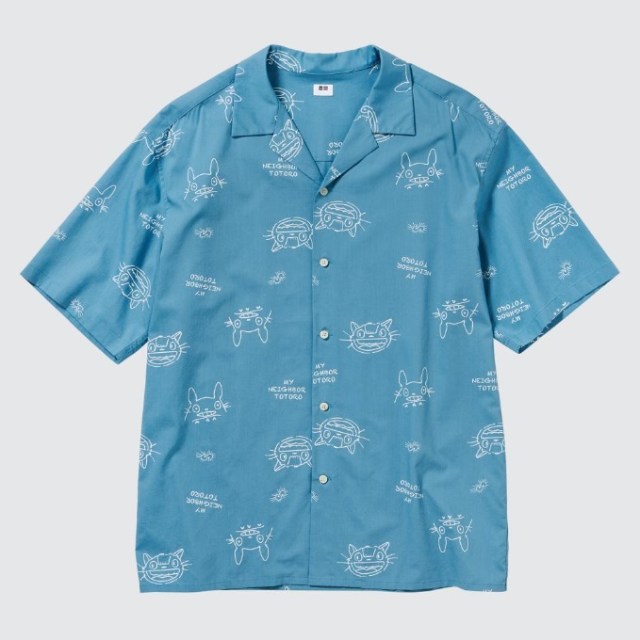
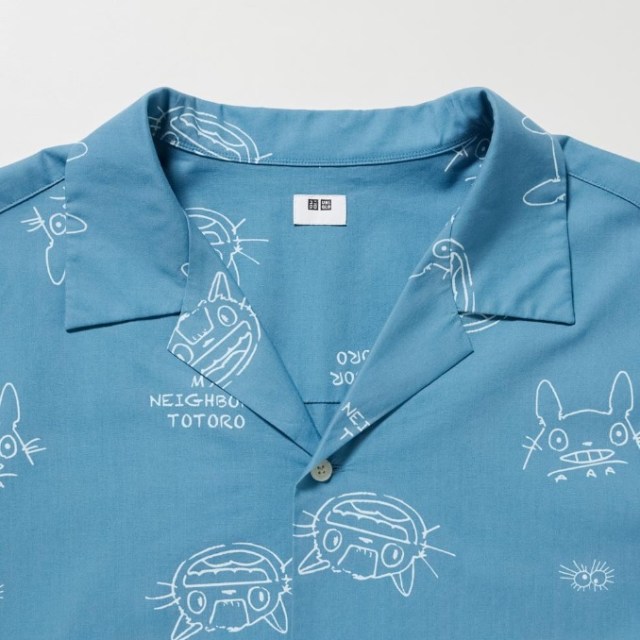
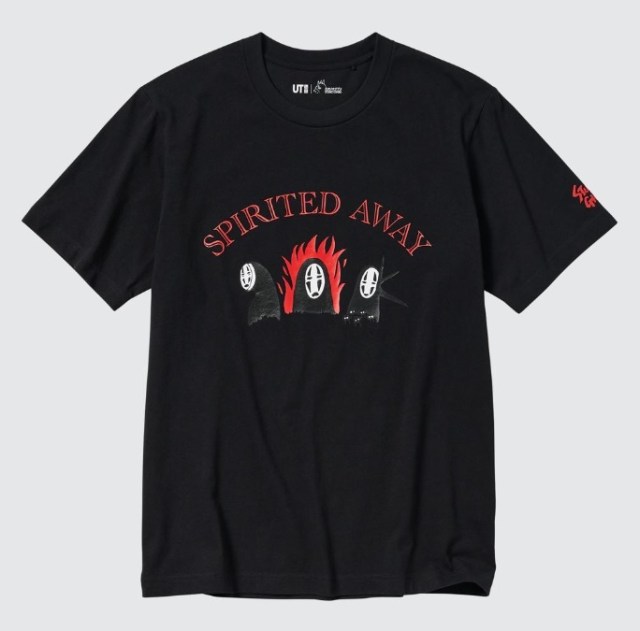
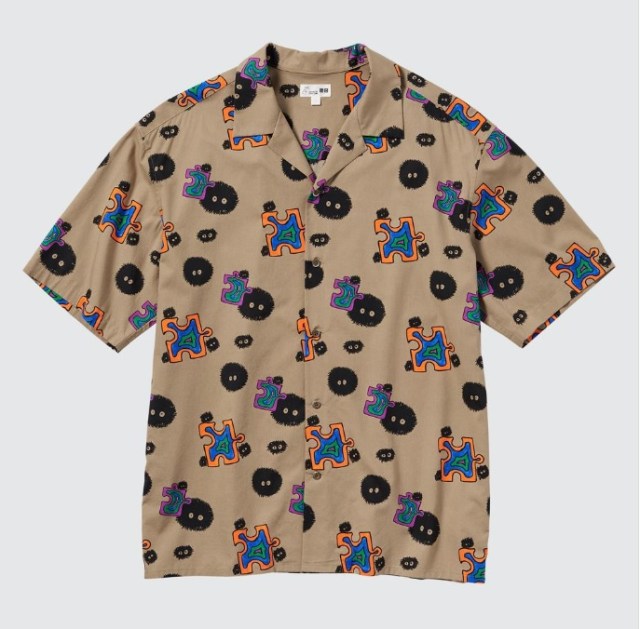
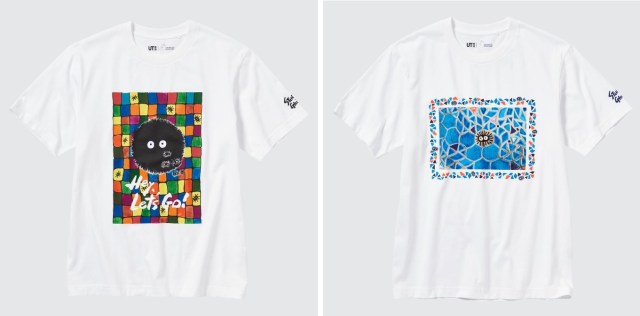


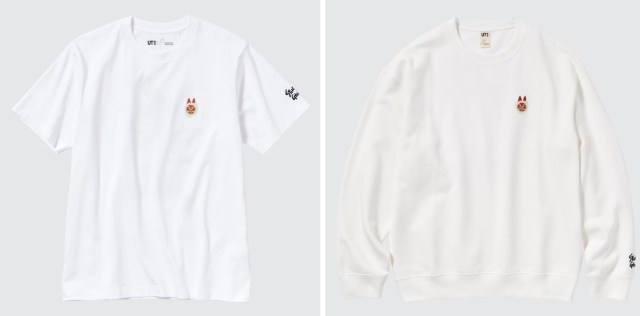
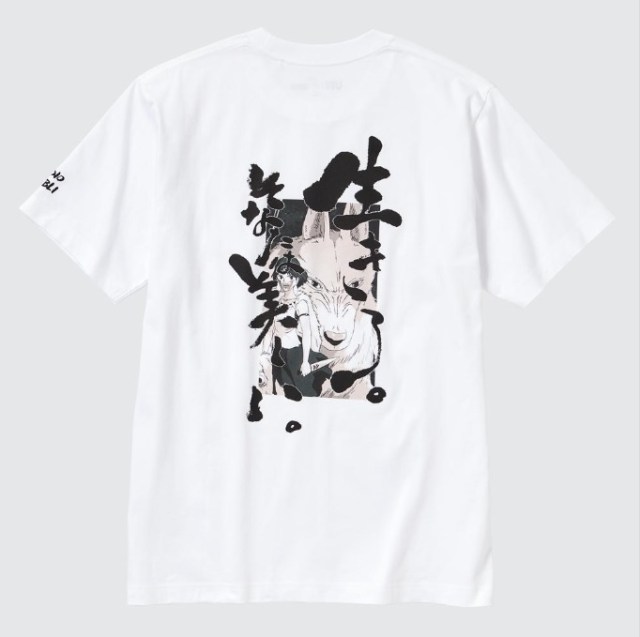
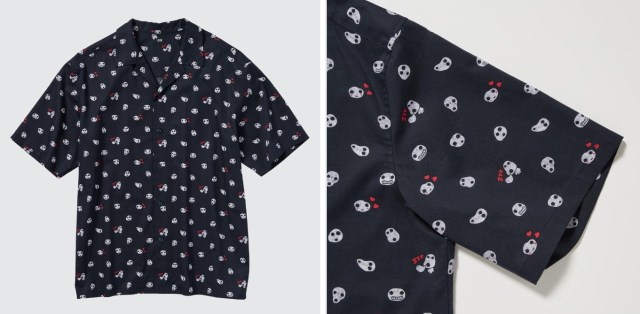

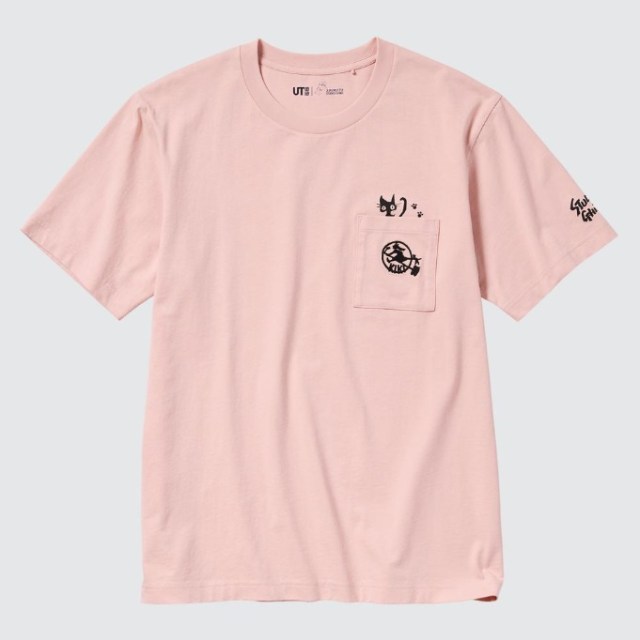
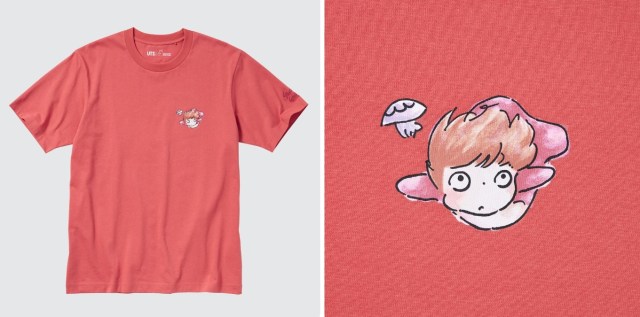
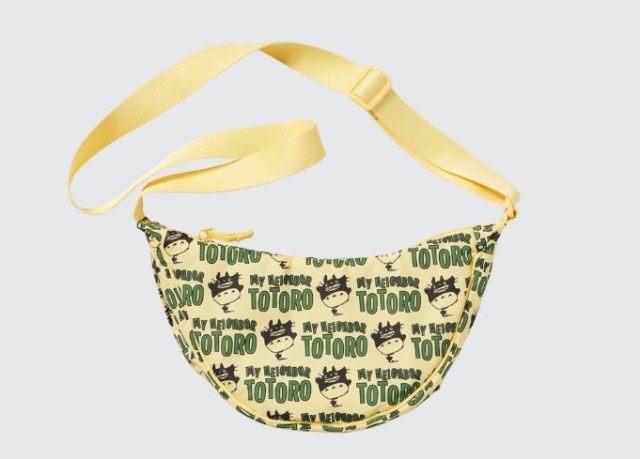
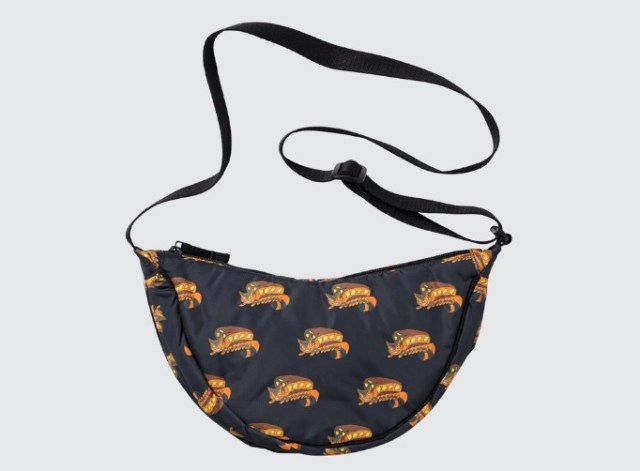
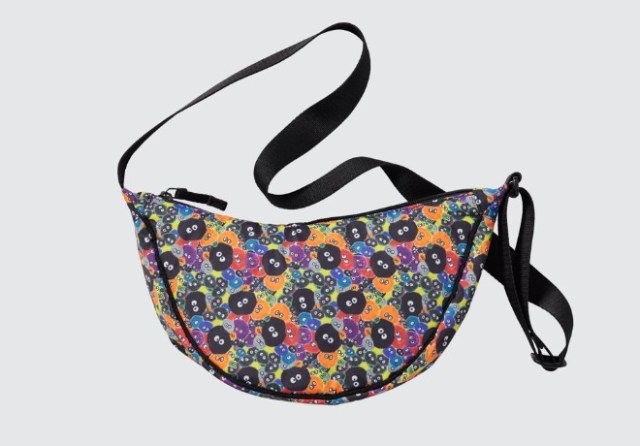
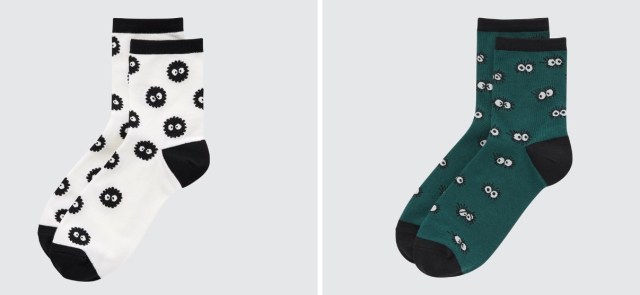
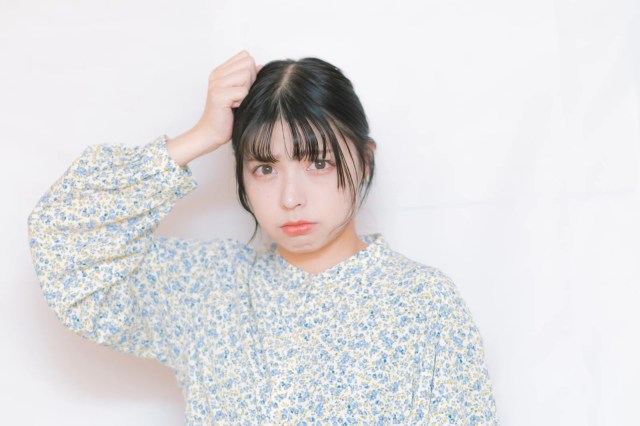

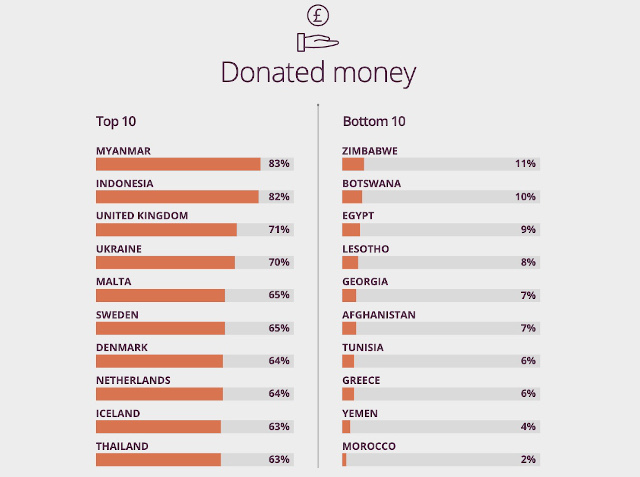

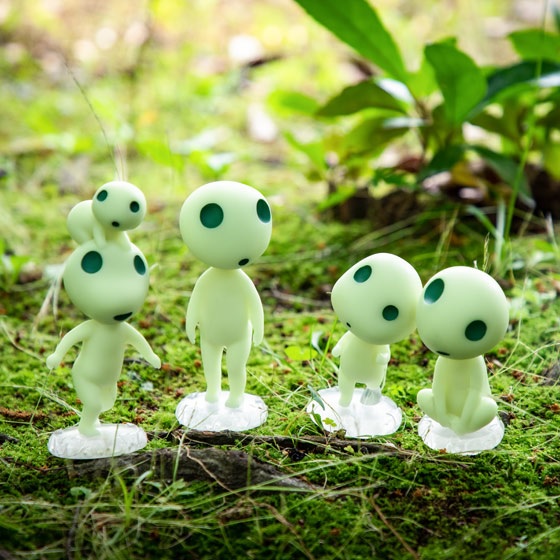

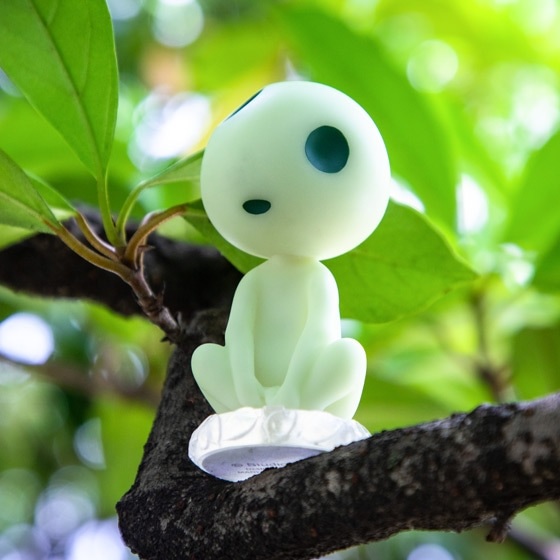
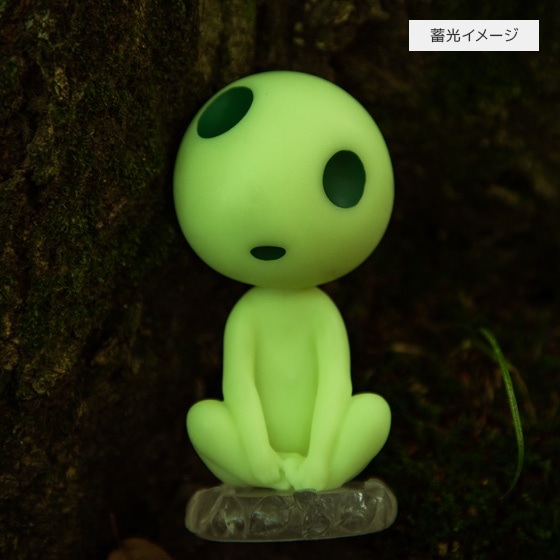
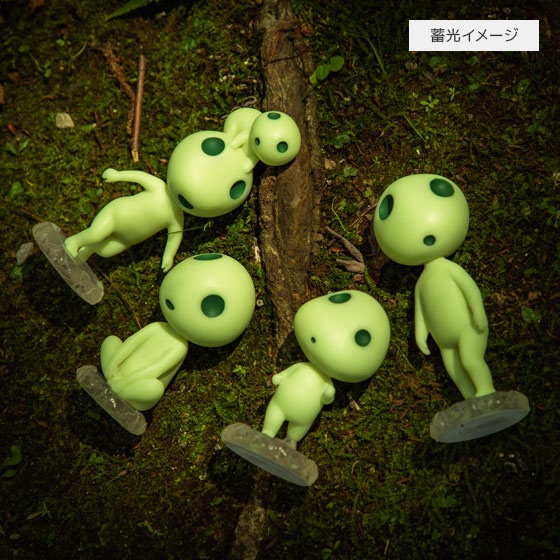
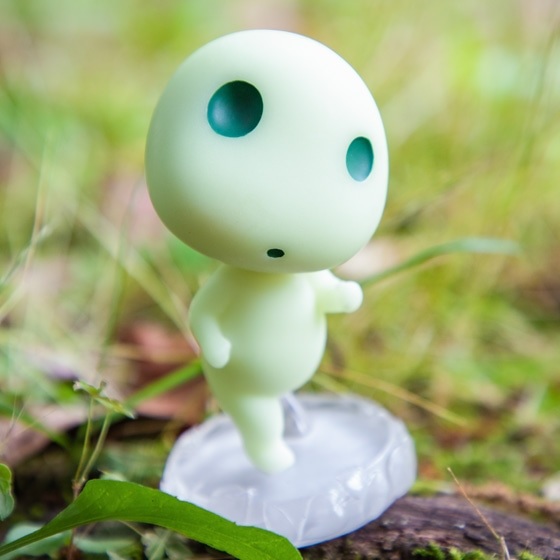
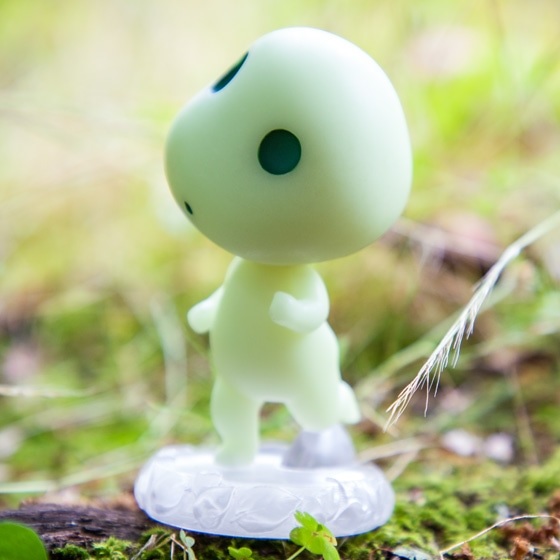
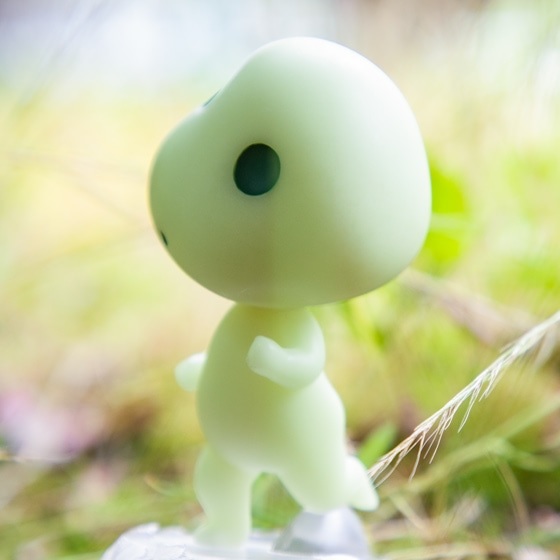
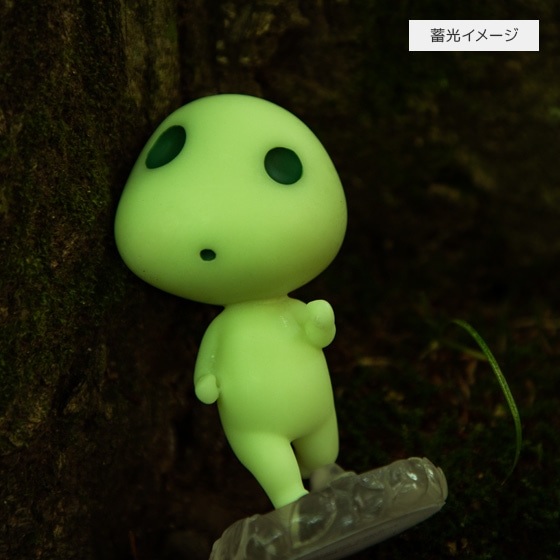
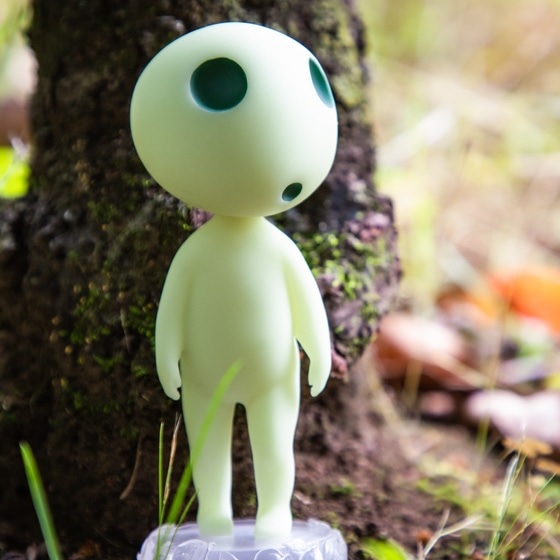

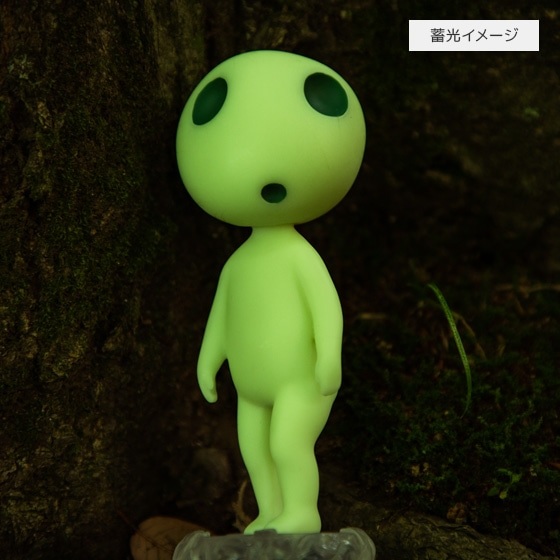
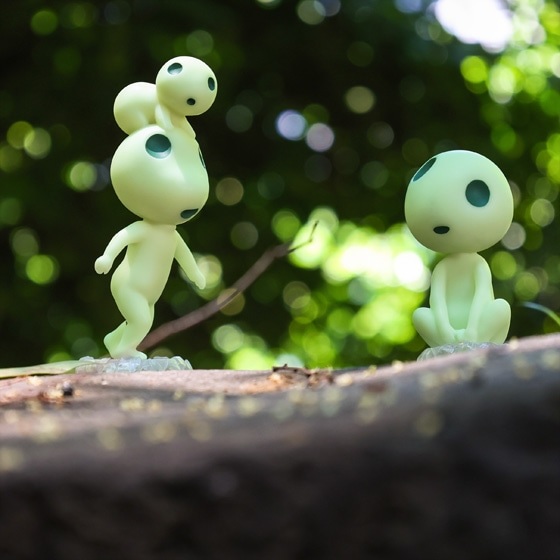
0 comments:
Post a Comment